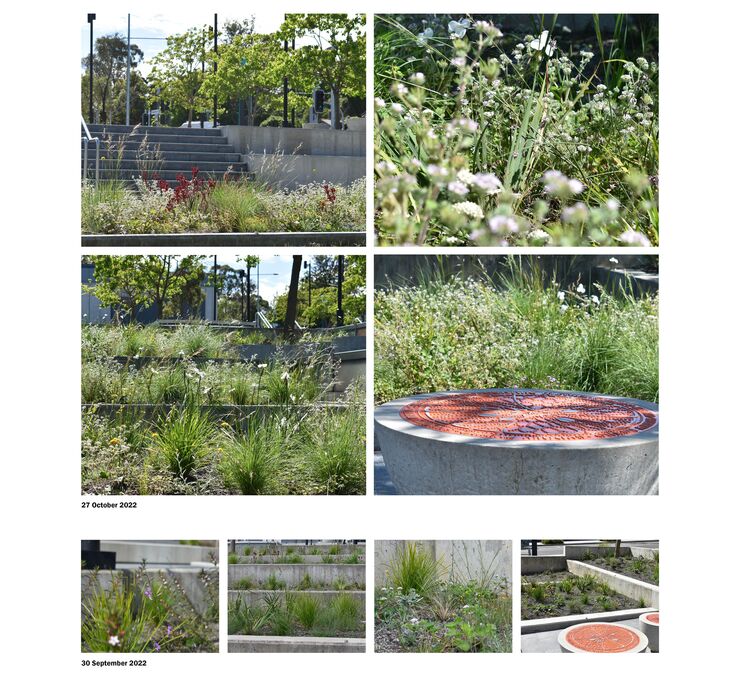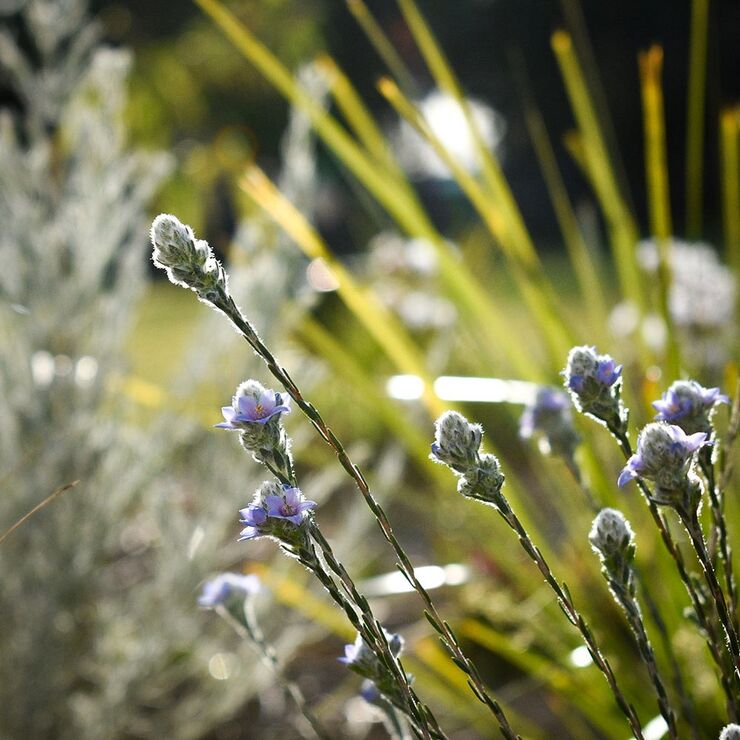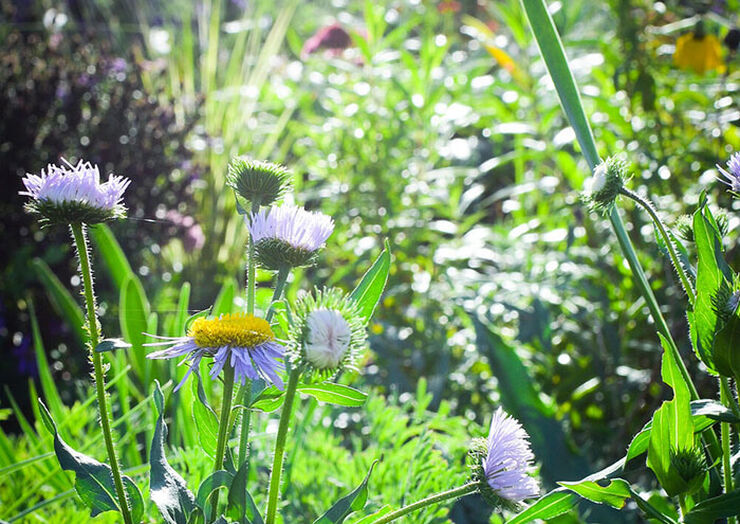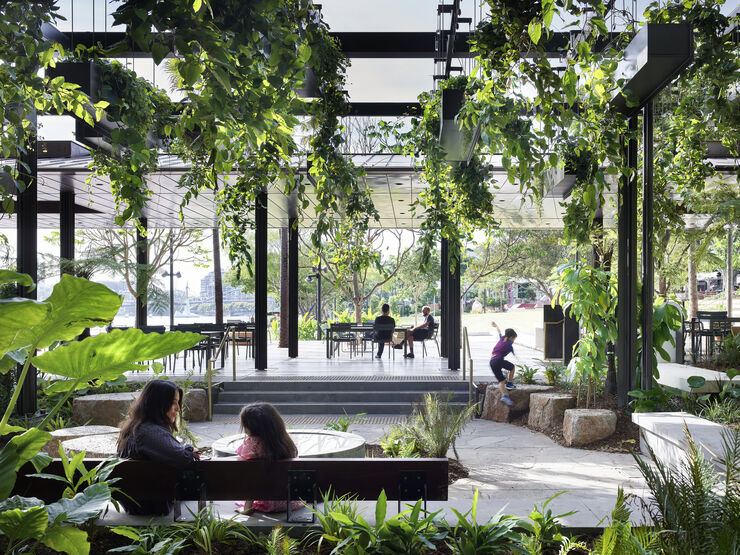Dirt under the nails: Landscape Architects as diplomats, advocates and gardeners
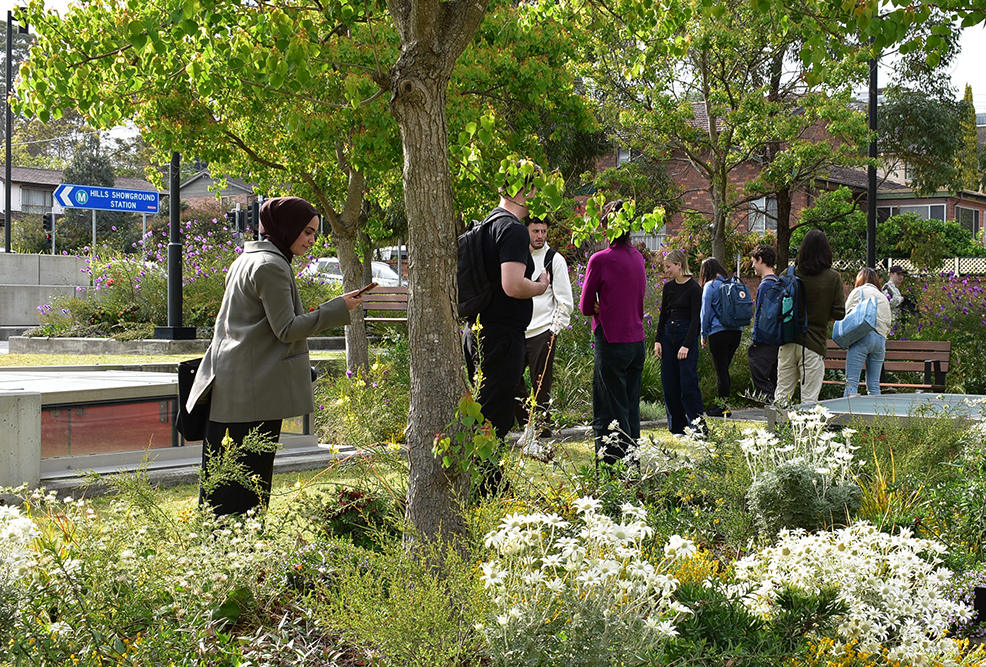
Jon Hazelwood, Principal and Landscape Architect, writes for World Landscape Architecture on the evolving expectations of designers.
Landscape architecture has become a political discipline, with landscape architects the diplomats, facilitating collaboration among various stakeholders to achieve common goals.
Urban landscapes carry a heavy burden on them in terms of performance, attracting people and pollinators, promoting biodiversity and well-being, staying within budget, requiring minimal maintenance, culturally important, blending seamlessly into their surroundings, adapting to seasonal changes, and standing the test of time.
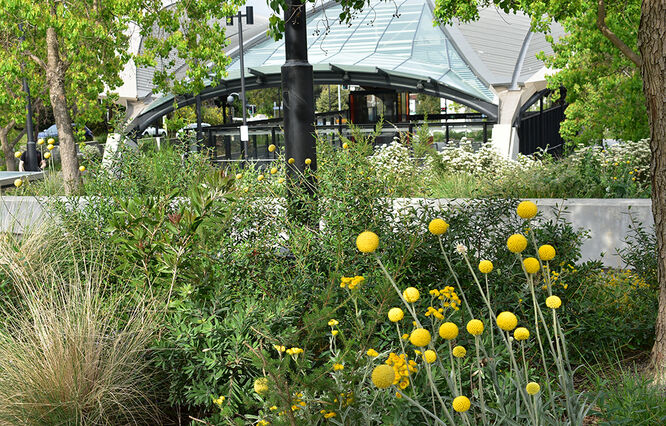

They must also be Instagram-worthy while addressing climate challenges and remaining sustainable.
The modern urban landscape must not only inspire but educate, all while reflecting the dynamic tapestry of humanity that surrounds it.

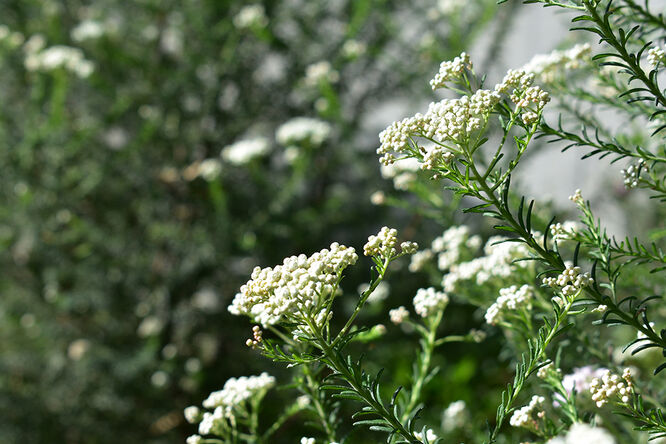
So, how do we address the pressing issues of mitigating heat island effects, integrating sustainable design principles, reducing environmental impact, while fostering collaboration, and engaging the community?
Read how Jon proposes this challenge is met, on World Landscape Architecture.
Related



